What blow drying a pie taught me about business strategy.
My mom, Babs, has a love of cooking and entertaining. If you've ever been to a Lebanese family's home, you know you won't leave hungry.
She's more MacGyver than Martha Stewart in the kitchen, though.
Recipes are rough guidelines and no recipe goes without some kind of wild alteration based on whatever Babs has found when swinging open the pantry.
This is how I grew up eating things like, "tomato-free, tomato sauce" (don't ask) or "breakfast cheesecake" (again, don't ask).
My mom's concoctions weren't always successes, but that didn't stop her from trying.
On one such occasion, I was coming home from college with a French exchange student, and Babs was ready to pull out all the stops and bake a French classic known as a Tarte Tatin.
You bake a Tarte Tatin with the apples on the bottom of the pie pan, getting caramelized and delicious, and with the crust on the top.
Upon serving, you flip it over, and have and upside down apple tart.
Baking doesn't lend itself well to improvisation, but that didn't stop Babs from making the highly questionable choice of using gravy thickener for pastry dough when she realized there was no flour in the house.
“It’s flour, just in a different container!” she insisted.
Eyebrow raised, I got to work helping her.
Pastry crust completed, we were on to making the filling, which required we caramelize sugar on the stovetop, place the apples on top and cover it with the "gravy thickener" pastry crust before placing it into the oven to fully bake.
There was just one problem (I mean technically two, with the first being the shambolic crust).
The stovetop was broken and we had no way to caramelize the sugar.
Babs stood thinking for a minute and then shot out, "I have an idea!" and went racing up the stairs to her bedroom.
She came back a minute later with an ancient hair dryer that was created sometime in the 1970s, before we had regulations governing how hot a hair dryer could get before being considered a flamethrower.
Its white plastic had been partially melted off, and there were brown singe marks along its edges.
I remember seeing actual flames come out of this thing, as a kid.
They don't make em the way they used to - you could say.
Babs fired up her hair dryer, which sounded more like a jet engine warming up.
I figured at any moment we would be getting a call from air traffic control to get cleared for takeoff.
The burning smell of the heating coils wafted through the kitchen as Babs held it five feet in the air away from the sugar in the baking dish, willing it to brown.
Sugar was thrown to the sides of the dish, but it began to melt, and after a few moments, caramel began to form in the pan.
Miraculously, it worked!
(Cut to Julia Child turning in her grave.)
We caramelized sugar with a hair dryer and popped the concoction in the oven.
With that hurdle jumped, the rest of the dessert creation was a breeze.
We were skeptical about how this blow dried tart would taste, but much to my surprise, it was delicious. Our French guest loved it.
The gravy thickener? It was actually super fine flour, closer to pastry dough than we realized.
And caramelized sugar is caramelized sugar... even if it is made with a blow dryer.
--
We've all experienced those moments in business when we need to improvise.
Strategic planning won't account for when your proverbial stove breaks.
It might be as simple as the internet going down during a Zoom meeting.
Or a computer getting soda spilled on it the day before a big client meeting.
Or a global pandemic upending your entire business.
Here's what I want you to remember:
A. Systems are important, and it's good to have them in place as you grow.
Necessary, in fact if you want to stop working in the business and start working on the business.
B. No one knows how the sausage is made - they just get to experience the final result.
In other words, if you're clinging to doing things "perfectly" or "just so" you may never get off the ground.
Sometimes, good enough is good enough.
Perfectionism is a symptom of imposter syndrome, and we left that behind in 2020.
It also means that if you have no strategy and are running around like your pants are on fire, but can show up with a good finished product no one will know - but that doesn’t mean that’s a sustainable way to run a business, manage your stress or run a business you love (the ultimate goal).
Fact is, it all comes down to having systems (or a recipe book) that is flexible enough so you can be prepared to improvise when the time comes.
Sometimes it'll work.
Other times it'll flop.
Those moments are frustrating, but instead of beating yourself up about it, you need to be resourceful enough to find a big ass proverbial hair dryer to MacGyver your way out.
In both cases you'll learn valuable lessons to help you.
And I'm always here to help.
Laura Khalil is a business coach and advisor that helps women in consulting and creative work only with clients they love and double their revenue. See how easy it can be to double your revenue in the ten minutes.
She has consulted for some of the world’s most recognizable brands on marketing including GE, Intel and Twitter. She is host the Top 125 Apple Podcast, Brave by Design. She is a frequent speaker to audiences on personal branding, bravery and clear communication. She’s spoken at WeWork, Paylocity, Creative Mornings, Zingtrain and more.
